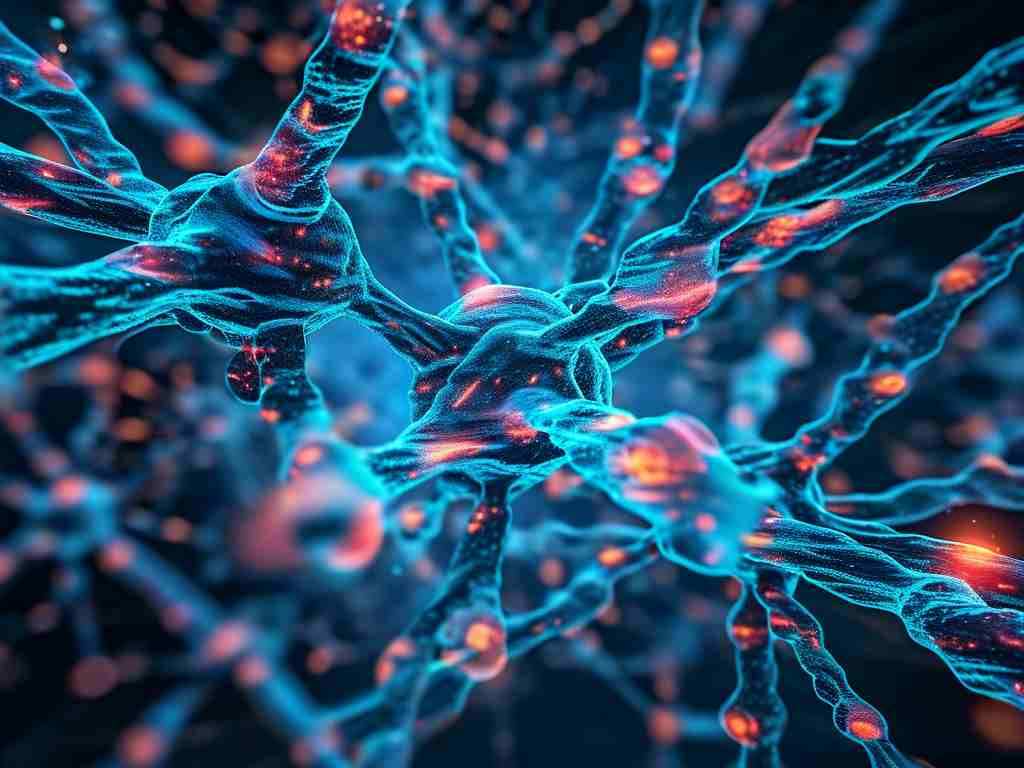In the rapidly evolving field of artificial intelligence, matrices serve as the backbone of neural network operations. This article explores the fundamental role of matrix mathematics in designing, training, and optimizing neural networks, shedding light on why this mathematical framework is indispensable for modern AI systems.

The Building Blocks of Neural Networks
At its core, a neural network comprises layers of interconnected nodes (neurons) that process numerical data. These connections are governed by weights, which are numerical values determining signal strength between neurons. When organized systematically, these weights form matrices – rectangular arrays of numbers that enable efficient computation.
Consider a simple feedforward network with an input layer (4 neurons), hidden layer (3 neurons), and output layer (2 neurons). The connections between layers are represented by two weight matrices:
- Input-to-Hidden Matrix: 4 rows × 3 columns
- Hidden-to-Output Matrix: 3 rows × 2 columns
This matrix structure allows simultaneous processing of multiple data points through vectorized operations, significantly accelerating computations compared to iterative approaches.
Matrix Operations in Forward Propagation
Forward propagation – the process of passing input data through network layers – relies heavily on matrix multiplication. For a given input vector X, the output at each layer is calculated as:
hidden_layer = activation(np.dot(X, W1) + b1) output_layer = activation(np.dot(hidden_layer, W2) + b2)
Where W1 and W2 are weight matrices, b1 and b2 bias vectors, and activation() represents non-linear functions like ReLU or sigmoid. The dot product operation (np.dot) efficiently combines inputs with corresponding weights across all neurons in a single mathematical step.
Backpropagation and Gradient Calculation
During training, matrices enable efficient error propagation through the network. The chain rule from calculus – fundamental to computing gradients for weight updates – becomes computationally feasible when expressed as matrix operations. Partial derivatives for thousands of parameters can be calculated simultaneously through:
# Simplified gradient calculation dW2 = np.dot(hidden_layer.T, output_error) dW1 = np.dot(input_data.T, hidden_error)
This matrix-based approach reduces computational complexity from O(n²) to O(n) for many operations compared to element-wise calculations, making deep learning practical for real-world applications.
Optimization and Parallel Processing
Modern neural networks leverage GPU acceleration specifically designed for matrix operations. Libraries like TensorFlow and PyTorch optimize matrix computations using:
- Parallel processing of matrix elements
- Batch processing of multiple inputs
- Specialized linear algebra libraries (e.g., CUDA, BLAS)
A 2019 benchmark study showed matrix-based implementations achieve 40-100x speed improvements over loop-based alternatives when training ResNet-50 models, highlighting the critical importance of matrix optimization.
Practical Implementation Considerations
When implementing neural networks:
- Dimension Matching: Ensure matrix columns match subsequent layer rows
- Initialization: Use techniques like He or Xavier initialization for weight matrices
- Regularization: Apply dropout or L2 regularization directly to weight matrices
- Memory Management: Balance matrix size with available GPU memory
A common implementation pattern using NumPy demonstrates core matrix operations:
import numpy as np # Initialize weights matrix (3x4) weights = np.random.randn(3, 4) * 0.01 # Forward pass for batch of 5 inputs inputs = np.random.randn(5, 3) outputs = np.dot(inputs, weights)
Future Directions
Emerging architectures like sparse neural networks and quantum machine learning are developing new matrix formats to handle:
- Ultra-large models with trillions of parameters
- Hybrid classical-quantum computations
- Dynamic neural topologies
These advancements continue to rely on matrix mathematics as their foundational language while pushing the boundaries of traditional linear algebra implementations.
From basic perceptrons to transformer models with attention mechanisms, matrices remain the essential language of neural networks. Their ability to compactly represent complex relationships while enabling hardware-accelerated computations ensures they will continue underpinning AI advancements for years to come.

